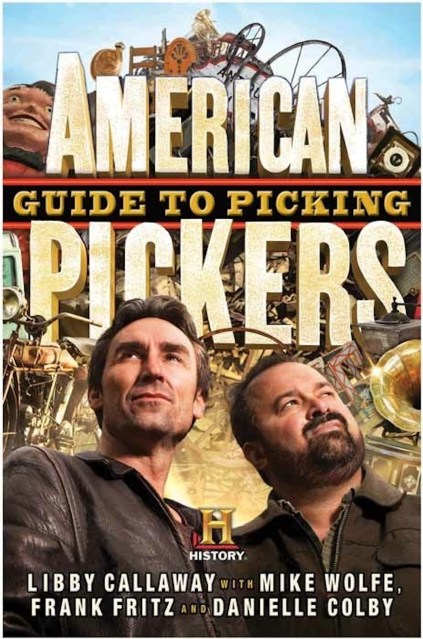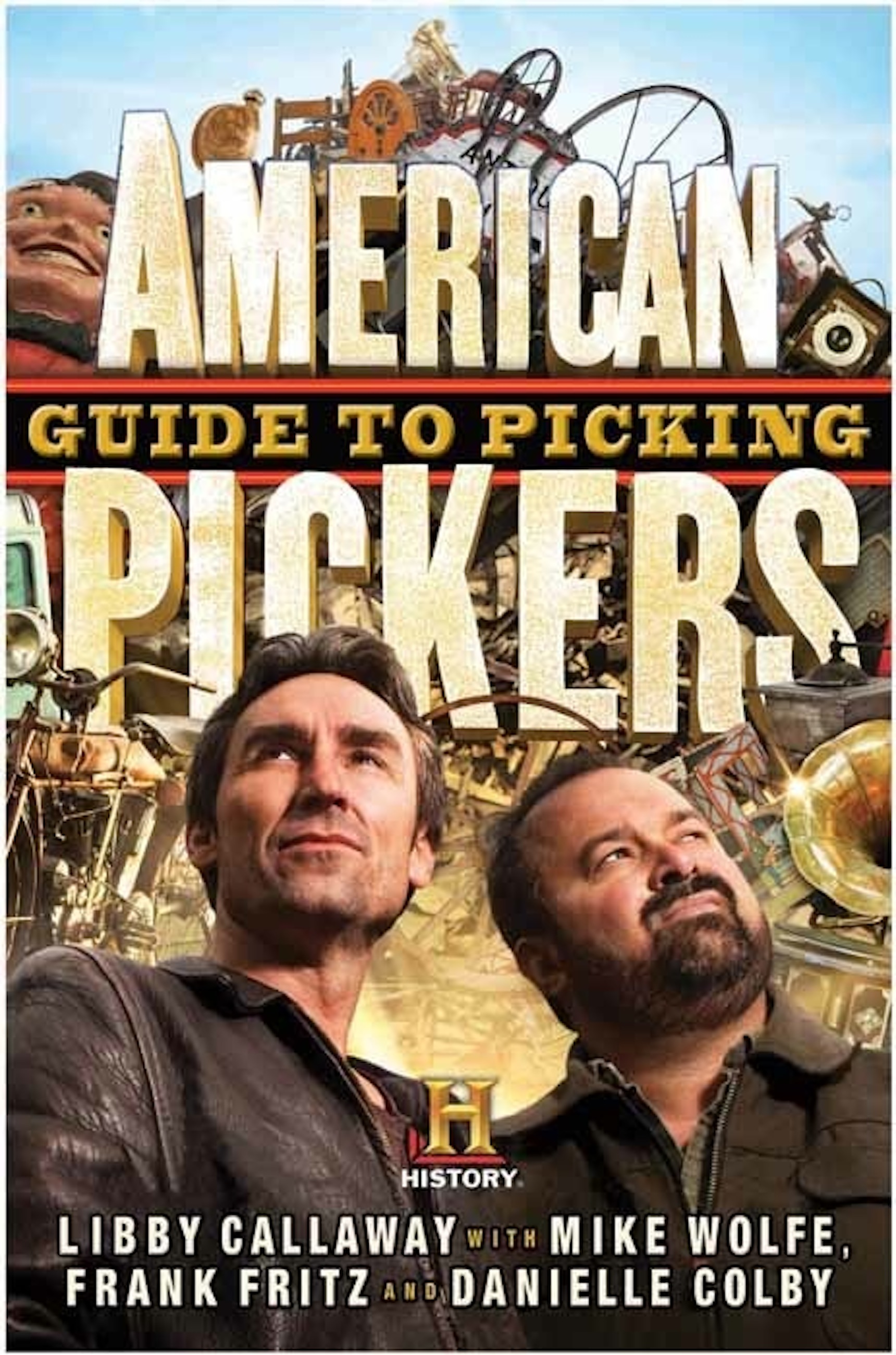Promotion
Use code MOM24 for 20% off site wide + free shipping over $45
American Pickers Guide to Picking
Contributors
Formats and Prices
Price
$13.99Price
$17.99 CADFormat
Format:
- ebook $13.99 $17.99 CAD
- Hardcover $35.00 $45.00 CAD
This item is a preorder. Your payment method will be charged immediately, and the product is expected to ship on or around September 13, 2011. This date is subject to change due to shipping delays beyond our control.
Also available from:
In these pages, professional treasure hunters Mike Wolfe and Frank Fritz chronicle their road trips across the American countryside in search of “rusty gold” to buy and sell among the picking world’s one-of-a-kind characters. Whether you are a fan of the show or just like finding hidden riches, you will love seeing what Wolfe and Fritz dig up and enjoy meeting the devoted collectors, extreme stockpilers, and elite dealers who they encounter along the way.
Wolfe and Fritz do not deal in fine antiques. Their secondhand treasures are of the down-and-dirty and sometimes even bizarre variety, from old bicycles and vintage tools, to sun-bleached cars and handmade furniture, retired carnival games and unusual taxidermy. Assisted by Danielle Colby, who helps out at Antique Archaeology, Wolfe and Fritz buy on the cheap and then sell to dealers, art directors, interior designers, or anyone looking for a little bit of authentic Americana. The three now share their secrets to finding hidden gems, offering helpful hints that will show what average Americans can do to find the treasures that await them.
From American Pickers Guide to Picking:
Junk is Beautiful
When we knock on a door, 90 percent of the time the things we find are junk. But we don’t care about the odds; a picker never turns down an opportunity, no matter where it is. We’ve picked pickup trucks. We’ve picked flat beds. We’ve picked dumpsters. We even picked a Mercury Sable. We’re looking for the unusual, the impossible, the funky, the different, the bizarre-things we have never seen before. And we’ll go anywhere we have to go to find it.
No location is off-limits to a hard-core picker. And there’s plenty of things to be found at antique stores, thrift and consignment shops, flea markets, estate sales, and swap meets, and a lot of the tips in this book apply to finding treasures at these joints. But that’s not really the kind of picking we do anymore. We look outside the box to find our junk-a word we use almost like a term of endearment: to us: junk is beautiful.
Genre:
- On Sale
- Sep 13, 2011
- Page Count
- 240 pages
- Publisher
- Hachette Books
- ISBN-13
- 9781401303976
Newsletter Signup
By clicking ‘Sign Up,’ I acknowledge that I have read and agree to Hachette Book Group’s Privacy Policy and Terms of Use


